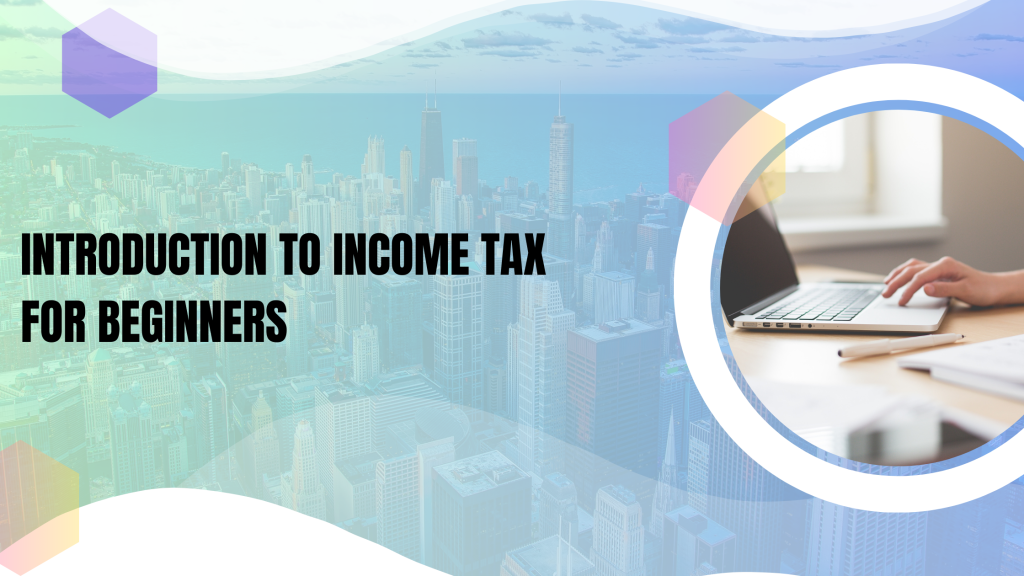Filing your income tax for the first time is a significant milestone for any citizen. However, the process can appear overwhelming and tedious for beginners, with many terms seeming confusing. It doesn’t have to be this way. To help you understand the tax implications of your income (depending on the source), here is a compilation of the basics of income tax for beginners.
Defining the ‘Previous Year’
The previous year, also known as the financial year or tax year, is a 12-month period that starts on April 1st and ends on March 31st of the following year. Regardless of when you begin your job, your tax year concludes on March 31st and a new tax year commences on April 1st. Therefore, it is important to plan your taxes for each financial year.
Assessment Year
It is a term frequently encountered in tax filing. The assessment year is the financial year following the previous year, during which you ‘assess’ and file your return for the previous year. For example, the assessment year 2019-20 corresponds to the previous year 2018-19. The assessment year is when you file your return for the previous year. If you start your job on January 1, 2023, your tax year ends on March 31, 2023. Therefore, 2022-23 is your previous year, and 2023-24 is your assessment year.
Understanding your Salary
Upon commencing your job, contact your payroll or HR department to obtain your salary details, pay slip, and tax statement. This will provide insight into the primary components of your salary and the corresponding tax deductions. For instance, many companies offer House Rent Allowance (HRA), which can result in tax savings if you are renting accommodation.
Sources of Income
| Sources of Income | Particulars |
| Income from Salary | Salary, Allowances, Leave encashment basically all the money you receive while rendering your job as a result of your employment agreement |
| Income from House Property | Income from house or building, this may be owned and self-occupied or may be rented |
| Income from Capital Gain | Income from gain or loss when you sell a capital asset |
| Income from Business or Profession | Income/loss that arises as a result of carrying on a business or profession |
| Income from Other Sources | This is the residual head – includes your income from savings bank accounts,fixed deposits,family pension or gifts received |
Deductions
Deductions decrease your Gross Income. These are the amounts permitted by the Income Tax Department to lower your Income, thereby reducing your tax liability.
The sum of all heads of Income equals Gross Income.
Gross Income minus Deductions equals Taxable Income.
The more you utilize the deductions permitted, the lower your tax liability will be. Deductions are available under Sections 80C to 80U of the Income Tax Act.
However, in 2020, the government introduced two tax regimes in India: the old tax regime and the new tax regime. The percentage of income tax you pay on your total income varies between the old and new tax regimes.
Under the old tax regime, all deductions are permitted under Sections 80C to 80U, subject to conditions. However, under the new tax regime, only deductions for let-out property under Section 24B and the employer’s contribution to NPS are allowed.
TDS, or Tax Deducted at Source
TDS, or Tax Deducted at Source, refers to the deduction of tax by the entity making the payment. The payer is required to deduct a certain amount of tax according to the regulations set by the income tax department. For example, an employer will assess an employee’s total annual income and deduct tax if their Taxable Income exceeds INR 2,50,000. Tax deduction is based on the applicable tax slab each year. Similarly, if you earn interest from a Fixed Deposit, the bank will also deduct TDS. Since the bank lacks knowledge of your tax slabs, they typically deduct TDS at a rate of 10%, unless you haven’t provided your PAN (in which case a 20% TDS may be deducted).
Documents Required to File Income Tax Returns
Several documents must be prepared before filing your Income Tax Return (ITR). These documents vary depending on your source of income:
For salaried individuals: Form 16/16A, 26AS, rent receipts for HRA, payslips, and details of investments made under Sections 80C, 80E, 80D, and 80G.
For capital gains: ELSS statements, mutual fund statements, records of equity/debt fund transactions, details of house purchase/sale including registration documents, and statements showing shares and stock trading.
For house property: PAN card details, co-owner information, property address, and home loan interest certificates.
For other income sources: Details of bank FDs and interest received from tax-saving or corporate bonds.
Income Tax Returns
The Income Tax Department has designated 7 different Income Tax Return forms, namely ITR-1, ITR-2, ITR-3, ITR-4, ITR-5, ITR-6, and ITR-7. It is mandatory for every taxpayer to file their ITR on or before the specified due date, which is typically July 31st of the assessment year. The selection of the appropriate ITR form depends on factors such as the sources and amount of income earned, as well as the taxpayer’s category (individuals, HUF, company, etc.). Click here to learn more about the various ITR forms.


